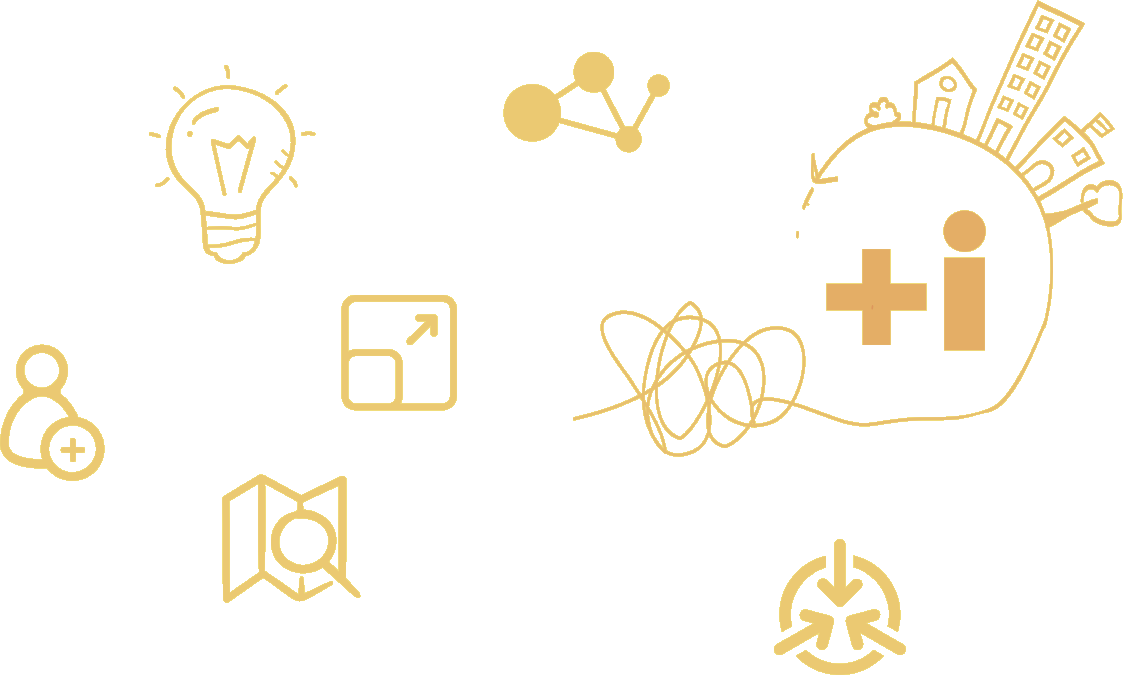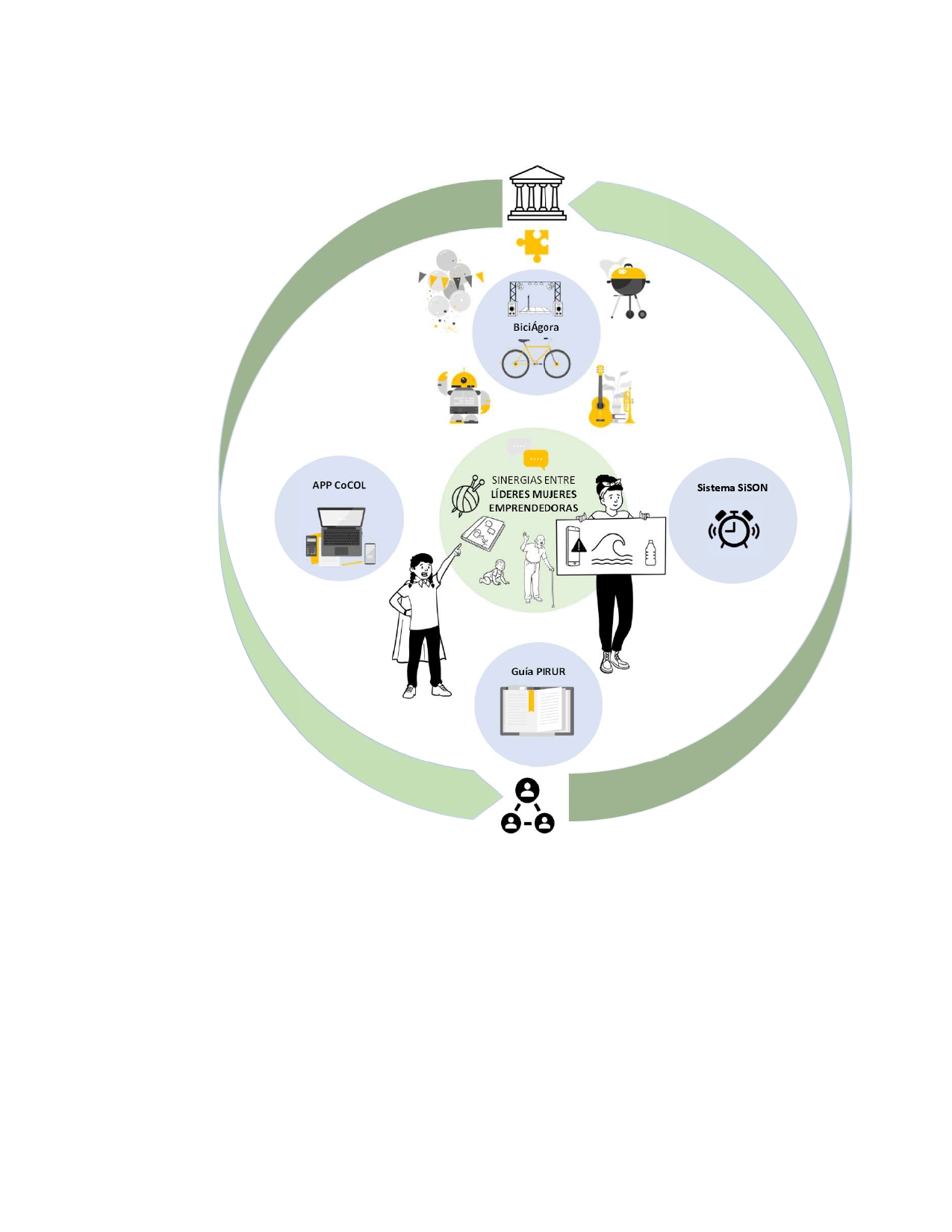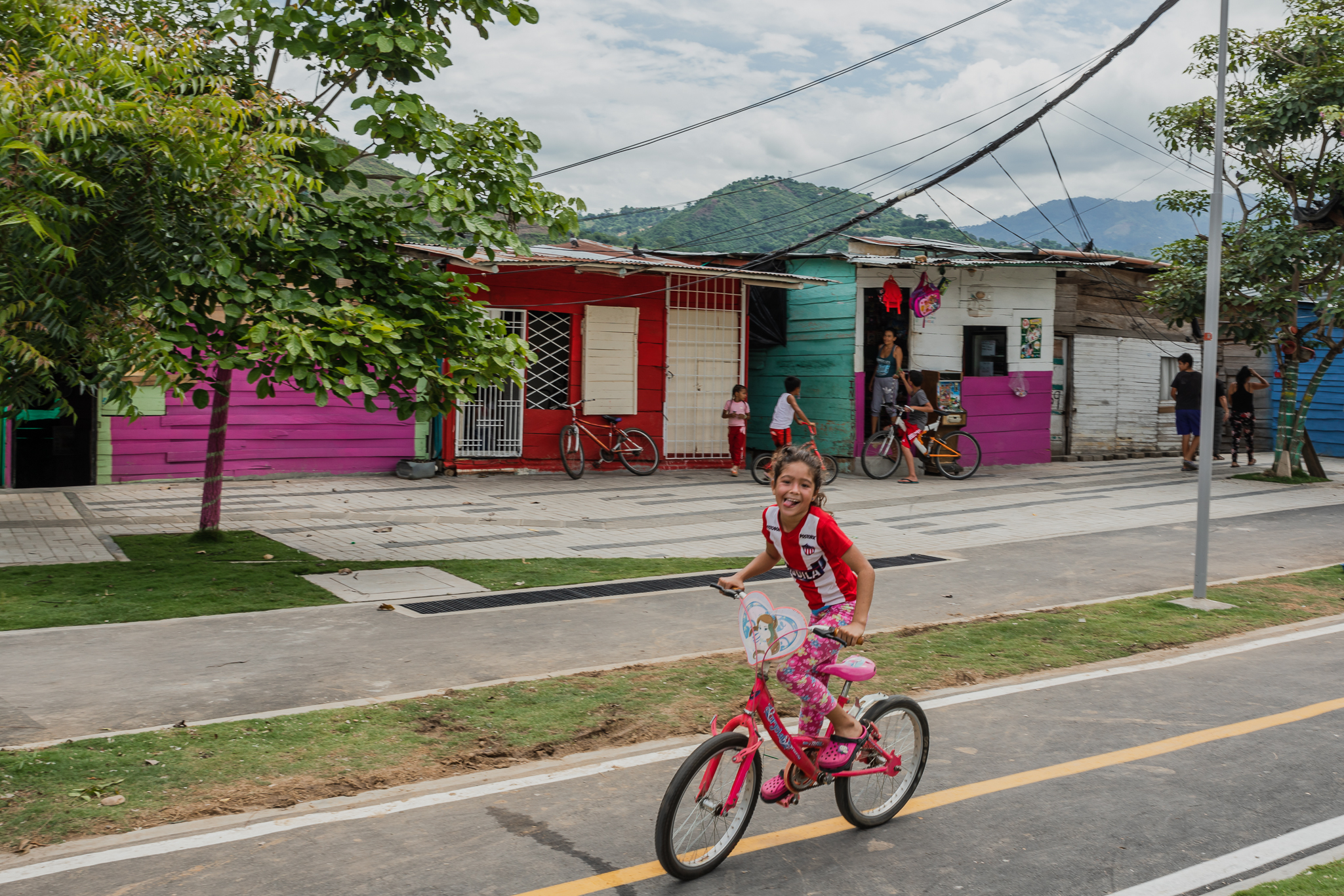BiciÁGORA: Spaces for socio-environmental transformation

The challenge
The project
Know more...
Investment
(*): In kind/pro bonus
(**): Financing
Funds
Needed
Covered
Solicited
Investment
(*): In kind/pro bonus
(**): Financing
(**)
u$s 25000.00
u$s 0.00
u$s 25000.00
(**)
u$s 3000.00
u$s 0.00
u$s 3000.00
(**)
u$s 5000.00
u$s 0.00
u$s 5000.00
(**)
u$s 10000.00
u$s 0.00
u$s 10000.00
(**)
u$s 5000.00
u$s 0.00
u$s 5000.00
(**)
u$s 5000.00
u$s 0.00
u$s 5000.00
(**)
u$s 57000.00
u$s 0.00
u$s 57000.00
(**)
u$s 8000.00
u$s 0.00
u$s 8000.00
(**)
u$s 20000.00
u$s 0.00
u$s 20000.00
(**)
u$s 40000.00
u$s 0.00
u$s 40000.00
(**)
u$s 57000.00
u$s 0.00
u$s 57000.00
(**)
u$s 20000.00
u$s 0.00
u$s 20000.00
(**)
u$s 40000.00
u$s 0.00
u$s 40000.00
Funds
Needed
Covered
Solicited
Materiales y herramientas para el diseño de prototipo a escala real de BiciÁgora (**)
u$s 25000.00
u$s 0.00
u$s 25000.00
Materiales para talleres de sensibilización colectiva (papelería para difusión, exposiciones, materiales para encuentros de saberes, talleres de imaginarios, entre otros) (**)
u$s 3000.00
u$s 0.00
u$s 3000.00
Materiales para la elaboración de la guía PIRUR (papelería, impresiones, maquetas, otros) (**)
u$s 5000.00
u$s 0.00
u$s 5000.00
Materiales para la construcción del sistema de alerta SISON (**)
u$s 10000.00
u$s 0.00
u$s 10000.00
Hardware para la construcción del sistema de alerta SISON (componentes eléctricos e informáticos) (**)
u$s 5000.00
u$s 0.00
u$s 5000.00
Software especializado (construcción del sistema de alerta SISON) (**)
u$s 5000.00
u$s 0.00
u$s 5000.00
Funds
Needed
Covered
Solicited
Equipo de trabajo (8 meses): 1 Arquitecto (coordinador equipo), 1 Diseñador industrial, 2 Dibujantes (2 meses), 1 Ingeniero civil p/time y 1 Ingeniero mecánico p/time (**)
u$s 57000.00
u$s 0.00
u$s 57000.00
2 operarios de Biciágora full/part time (5 meses) (**)
u$s 8000.00
u$s 0.00
u$s 8000.00
Equipo de trabajo (dictado de los talleres de cocreación y codiseño de BiciÁgora): 1 coordinador experto p/time (12 meses), 1 arquitecto p/time (1 mes) y 1 trabajadores sociales p/time (12 meses) (**)
u$s 20000.00
u$s 0.00
u$s 20000.00
Equipo de trabajo (desarrollo de la aplicación web móvil COCOL): 1 Coordinador experto (7 meses), 1 diseñador industrial (7 meses), 2 diseñadores gráficos (2 meses), 1 coordinador de temáticas para el desarrollo (7 meses) y 1 abogado (1 mes). (**)
u$s 40000.00
u$s 0.00
u$s 40000.00
Equipo de trabajo para el dictado de talleres de sensibilización colectiva (8 meses): 1 coordinador experto, 1 arquitecto, 2 trabajadores sociales, 1 biólogo o ingeniero con especialidad ambiental part time y 1 abogado (**)
u$s 57000.00
u$s 0.00
u$s 57000.00
Equipo de trabajo (elaboración guía PIRUR- 4 meses): Coordinador experto, arquitecto, trabajador social, ing especialista en gerencia de proyectos, abogado o politólogo y diseñador gráfico (**)
u$s 20000.00
u$s 0.00
u$s 20000.00
Equipo de trabajo (desarrollo del sistema SISON - 8 meses): Coordinador general p/time, Coordinador experto en programación, ingeniero, diseñador industrial, diseñador gráfico, biólogo o ingeniero con especialidad ambiental para el desarrollo y abogado (**)
u$s 40000.00
u$s 0.00
u$s 40000.00




